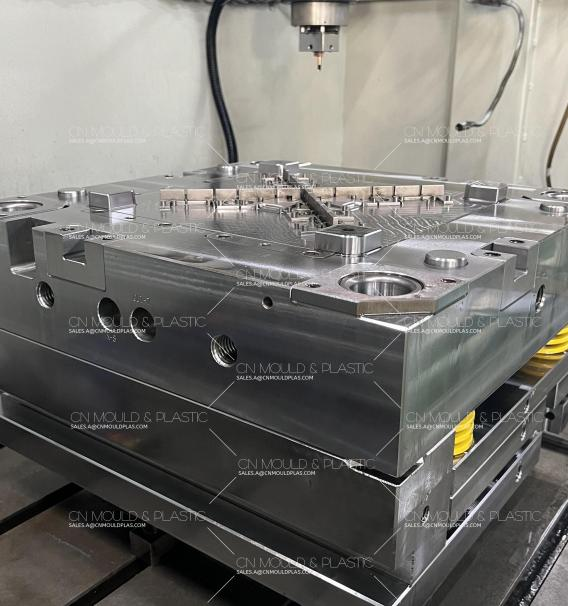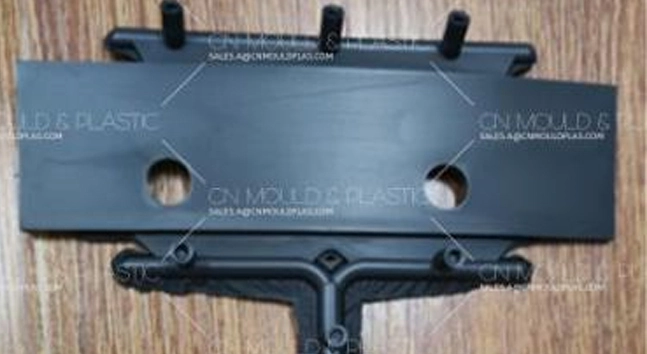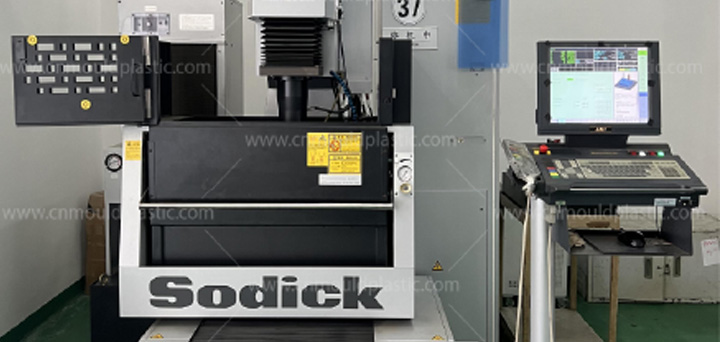To enhance the wear resistance and corrosion resistance of molds, various surface hardening treatments and surface coatings are sometimes required. Although the hardness of tool and die steels after quenching and tempering can reach up to 1000 HV, this hardness may still fail to meet wear resistance requirements in some cases.
The classification of surface hardening treatment methods is shown in Table 5-1. In a broad sense, it includes surface coating and surface modification. In Table 5-1, treatments with unchanged surface composition refer to methods using quenched martensitic transformation and mechanical compression, while treatments with changed surface composition generally refer to carburizing (increasing carbon content through diffusion) and nitriding (increasing nitrogen content), etc. In addition, diffusion treatment refers to processes that achieve specific purposes through the diffusion of various metal atoms, among which salt-bath immersion treatment is a surface treatment technology called "TD treatment" .
Common surface coating treatments include thermal spraying, electrodeposition, chemical treatment, surfacing, etc. Among them, PVD (Physical Vapor Deposition) and CVD (Chemical Vapor Deposition) are the most widely used.

Among these surface hardening treatment methods, only a few are suitable for mold treatment, which are typically judged by mold size, treatment temperature, and cost. The following are the actual surface treatment methods applied to molds.
Table 5 - 1 Classification of Surface Hardening Treatment Methods
Classification | Name | ||
Surface composition unchanged - | Surface hardening | Induction hardening | |
Flame hardening | |||
High - density energy hardening | Laser, electron beam | ||
Mechanical treatment | Shot peening | Shot peening, surface modification WPC (Wide Peening and Cleaning) | |
Plastic processing | Roll forming | ||
Surface composition changed | Penetration - type hardening | Carburizing | Solid, gas, vacuum, plasma carburizing |
Nitriding | Salt bath, gas, plasma, oxynitriding | ||
Soft nitriding | Gas, sulfurizing, sulfur - nitriding, plasma | ||
Boronizing | Boronizing | ||
Ion implantation | |||
Diffusion treatment | Siliconizing, aluminizing, chromizing | ||
Steam treatment | |||
Salt bath | TD treatment | ||
Coating
| Thermal spraying | Flame, arc, plasma | Wear - resistant and corrosion - resistant alloy |
Surfacing | Welding | Stellite hard alloy | |
Electrodeposition | Electroplating | Hard chromium plating | |
Chemical treatment | Coating | ||
Vapor - phase deposition | PVD (Physical Vapor Deposition) | Sputtering, ion plating, vacuum plating | |
CVD (Chemical Vapor Deposition) | |||
Nitriding treatment is carried out below the A₁ transformation temperature. Since nitriding can be performed at tempering temperature without causing deformation, it is suitable for various molds. Common nitriding methods include gas nitriding, salt-bath nitriding (with Tufftride treatment being the most widely used), gas soft nitriding, and plasma nitriding. The types and characteristics of nitriding methods are shown in Table 5-2. The latter three methods applied to molds are usually carbonitriding, collectively referred to as soft nitriding.
Table 5 - 2 Types and Characteristics of Nitriding Methods
Items | Salt - bath Soft Nitriding | Gas Soft Nitriding | Ion Nitriding | Gas Nitriding |
Medium | MCN + MNCO | NH₃ + RH gas | NH₃ + hydrocarbon | NH₃ |
Temperature | 570°C | 550 - 650°C | 400 - 650°C | 500 - 580°C |
Time | Within 3h | Within 5h | Within 100h | 30 - 50h |
Deformation | Small | Small | Small | Small |
Surface | Porous layer | Good | Good | Good |
Productivity | Medium | High | Low | Low |
Cost | Low | Low | Slightly high | Slightly high |
Waste | Salt - bath (cyanide) | N₂, CO₂, H₂O, etc. | ||
These nitriding methods are applied to aluminum extrusion dies, die - casting dies, and plastic molds. In particular, aluminum extrusion dies are usually made of hot - working die steel and then treated with salt - bath soft nitriding or gas soft nitriding. When they are worn during use, they can be reused after repeated nitriding. The compound layer formed on the surface has extremely high hardness. Although it has good wear - resistance, it is relatively brittle. During the repeated heating and cooling processes, it is prone to thermal cracking and the cracks expand relatively quickly, which is its drawback. From the results of recent research, soft nitriding has been highly recommended as a method to improve the wear - resistance of die - casting dies while maintaining their thermal crack resistance. Diffusion Treatment Among the diffusion treatments shown in Table 5 - 1, the "TD treatment" is commonly used for molds. In this treatment process, the mold is placed in a vanadium (V) - containing salt bath at about 1030°C to form a carbide coating. V in the salt bath combines with carbon (C) in the metal through diffusion to form a VC coating on the surface, with a hardness of up to 3000 HV. Due to the diffusion of C between the coating and the substrate, it has better adhesion than other coatings. In addition to V, although there is also Nb carbide coating, the VC layer is the most commonly used. Since the TD treatment is a hardening method relying on the diffusion of C atoms in the die steel, it is not suitable for low - carbon steels. Its treatment objects are hot - working die steels with a minimum carbon mass fraction of about 0.4% C. In recent years, with the increasing use of high - strength steel sheets in cold stamping forming, the problems of wear and adhesion of drawing and blanking dies have become more prominent. Cold - working die steels such as SKD11 steel alone can no longer meet the requirements, so the TD treatment has been applied. Especially in combination with 8%Cr - 2%Mo steel with relatively high tempering hardness, practical results have been achieved in molds for high - strength steels.

